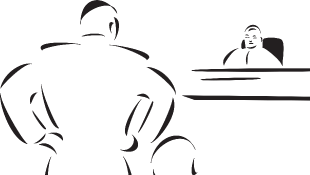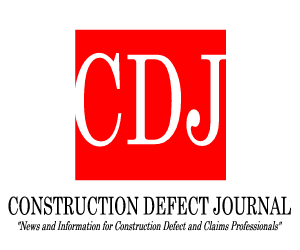
Foreseeability is a tort concept that tends to permeate several aspects of legal analysis.
Foreseeability is a tort concept that tends to permeate several aspects of legal analysis, often causing confusion in litigants’ interpretation of, and courts’ application of, foreseeability to their cases. In Cincinnati Ins. Co. v. Progress Rail Services. Corp., 2020 U.S. Dist. LEXIS 73967 (C.D. Ill.), the United States District Court for the Central District of Illinois took on the task of analyzing a case dealing with foreseeability issues to determine if the defendant owed the plaintiff a duty and if the damages were so remote as to violate public policy. The court held that since the defendant’s actions contributed to the risk of harm to the plaintiff and the facts satisfied the four-prong duty test, the defendant owed the plaintiff’s subrogor a duty of reasonable care. It also held that the plaintiff’s damage claim did not open the defendant up to liability that would violate public policy.
In the case, an employee of defendant Progress Rail Services Corporation (Progress Rail) was operating a crane at Progress Rail’s Galesburg location on May 7, 2018. The employee struck an overhead power line while working, causing a power disruption to nearby businesses. The plaintiff’s subrogor, Midstate Manufacturing Company (Midstate), was one of the affected businesses, reporting that its Amada hydraulic punch was damaged. Midstate submitted a property damage claim to its carrier, Cincinnati Insurance Company (Cincinnati), who reimbursed it under its policy. Subsequent to its payment, Cincinnati filed suit against Progress Rail in Illinois state court. Progress Rail then removed the case to federal court and filed a motion to dismiss.
Mr. Skaf may be contacted at skafl@whiteandwilliams.com




